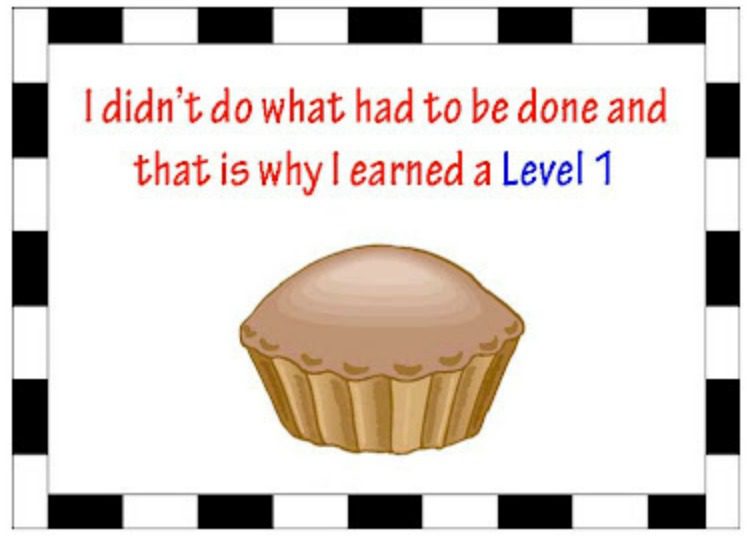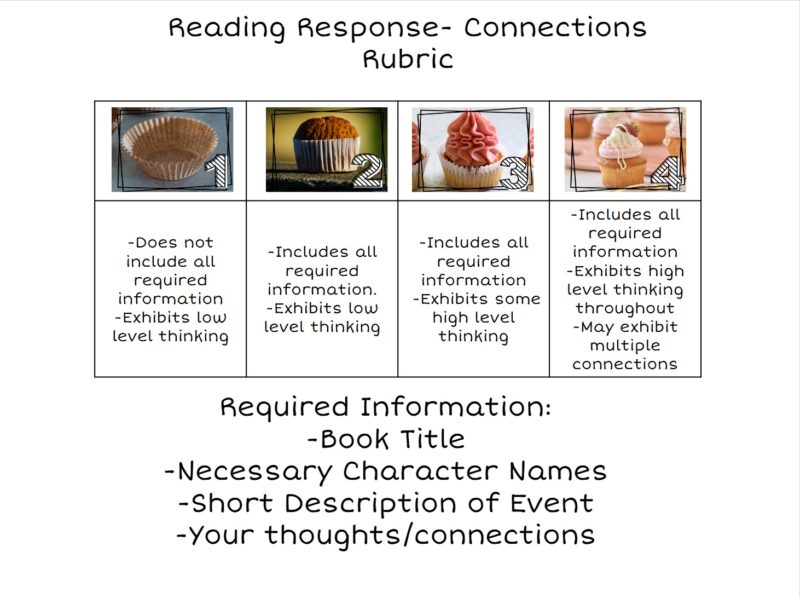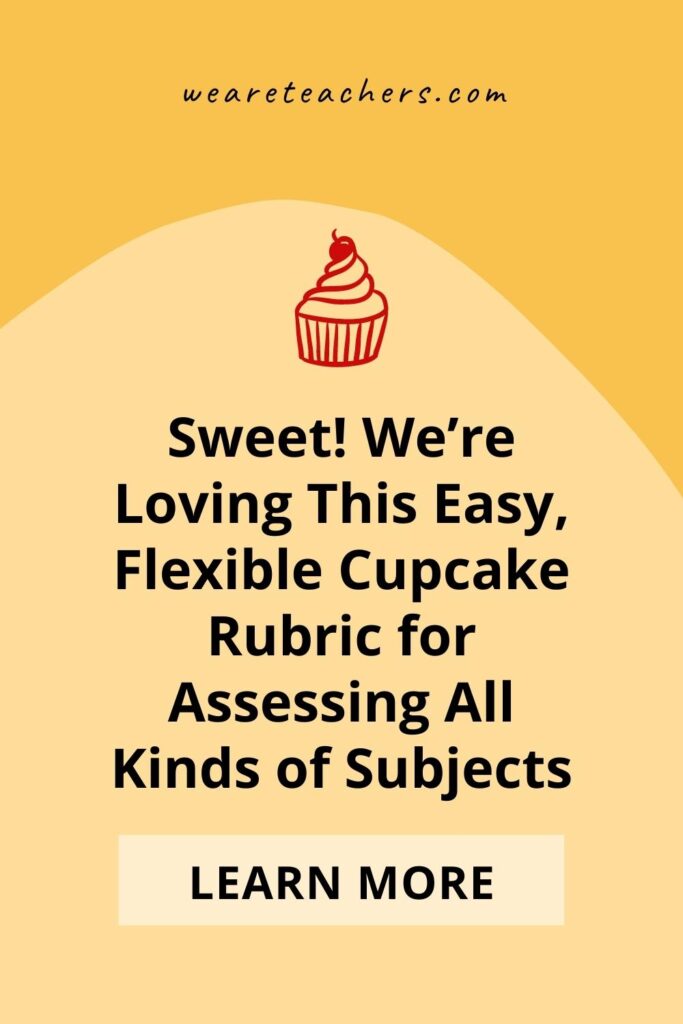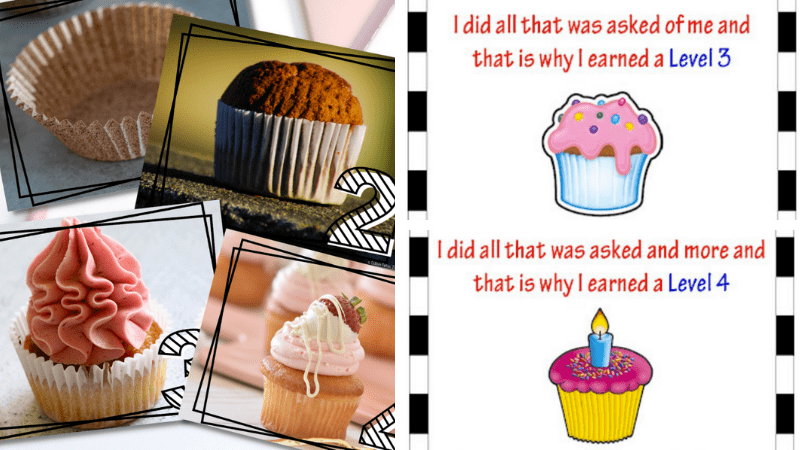When I first started teaching in 2003, my district was just starting to use standards-based grading. It was almost as new to me as it was to my students, and I think all of us appreciated the “hamburger” model (not to be confused with the “hamburger essay”). It was a great visual way for us all to understand what we meant by a 1, 2, 3, or 4. So I was delighted when I saw the cupcake rubric, a “sweeter” version of my own beloved hamburger rubric. It’s not new, but it’s making the rounds, and you’re going to want to check it out.
What are the levels on the cupcake rubric?

Image Source: The Eager Teacher
I’ve seen the cupcake rubric with four and five levels. I’ll be covering the four-level version, but you can check out this five-level editable template from Nicole Pate on Canva if five is more your jam. Here are some different ways to describe each level (I also love Sarah at The Eager Teacher’s rhymes):
| Level | Standards-Based Language | Kid-Friendly Language | Cupcake Analogy |
|---|---|---|---|
| 1 | Does not meet standard | Oops! | Cupcake liner only |
| 2 | Approaching standard | Almost! | Cupcake liner and cake |
| 3 | Meets standard | Yes! | Cupcake liner, cake, and frosting |
| 4 | Exceeds standard | Wow! | Cupcake liner, cake, frosting, and sprinkles |
How do I use the cupcake rubric?
I used my hamburger rubric with fourth graders, and I think the cupcake rubric also works well with elementary students. But I’m definitely seeing middle school teachers use it successfully too. It also really works for any subject area. You could use it to score reading responses (see image below), writing assignments, oral presentations, reports—the options are endless.

Image source: Creating Thinkers with Mrs. Patton
For more complicated projects, you’ll want to add performance attributes. In all cases, you’ll need performance descriptors so it’s really clear to students what they need to do in order to demonstrate a certain level of proficiency. Check out the editable templates from Creating Thinkers with Mrs. Patton. Need a primer on rubrics? Here you go.
I’m a big proponent of sharing exemplar work and scoring it together (you can use samples from prior years or from the classroom next door with names redacted). This is especially good to do if you’re planning to use the cupcake rubric as a self-assessment.
Who doesn't like cupcakes!?! Cupcake Rubric being used in @MrsLucasGrade3 #buildinglearners4life pic.twitter.com/rPDgNft5R2
— Lea Devers Ed.D. (@leadevers) November 3, 2014
What else do I need to know?
Can you say cupcake party? I’m not personally a fan of giving kids a cupcake that corresponds with their score (some students are going to end up with only a liner, and that feels too public and shame-y to me), but a cupcake party to celebrate using the rubric? Bring it on!
For more classroom ideas like this, subscribe to our newsletters!


